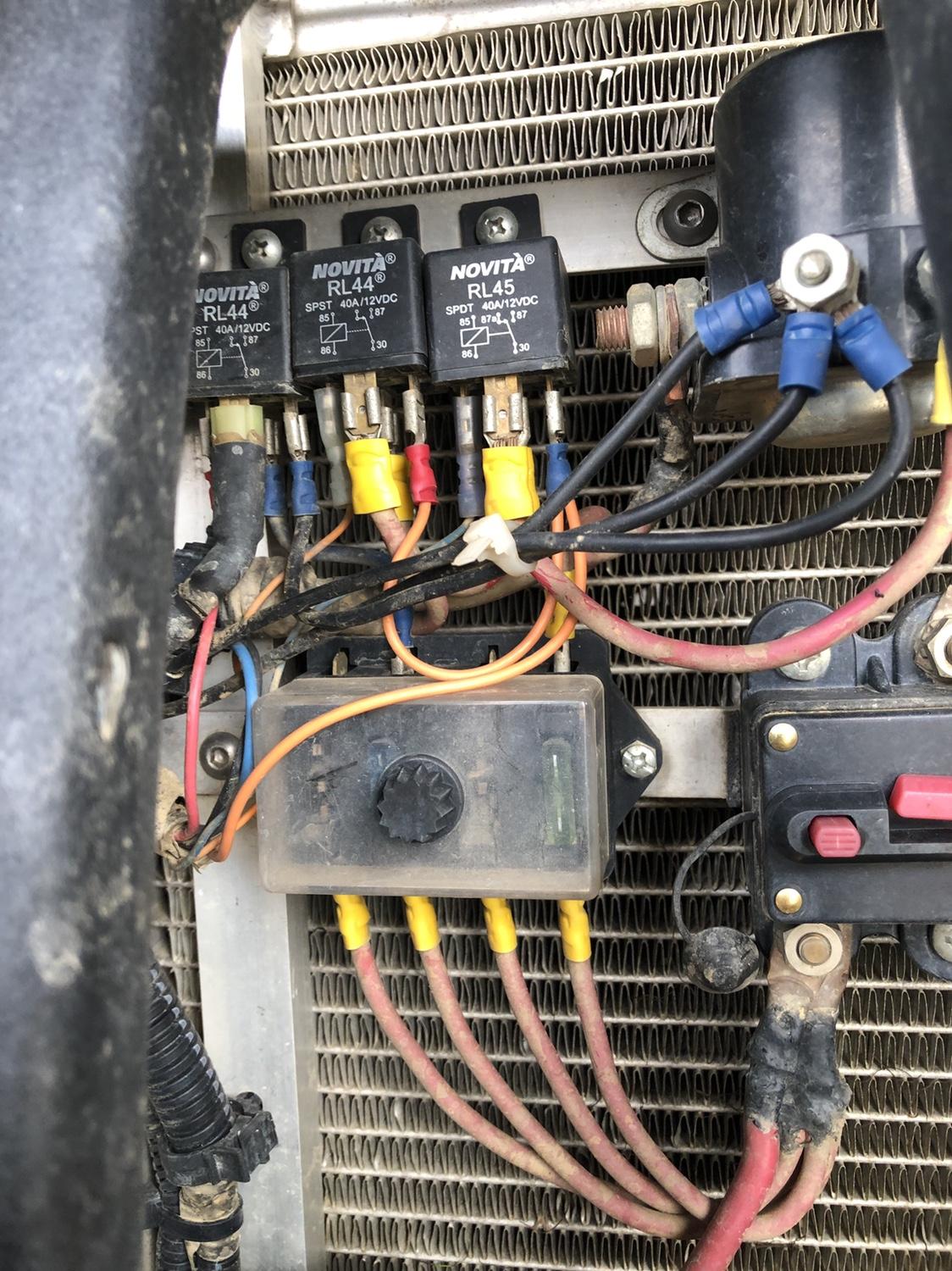Fawk.
You guys like complicated wiring or what ?
Get a Volvo relay unit. It's got :
- pwr in
- pwr out to speed1
- pwr out to speed2
- gnd trigger for speed1
- gnd trigger for speed2
Send the pwr in to a battery through a Mega fuse (40amp) and done.
If you have 2 fans, duplicate it side by side but merge both gnd triggers together.
Simplest wiring ever.
You guys like complicated wiring or what ?
Get a Volvo relay unit. It's got :
- pwr in
- pwr out to speed1
- pwr out to speed2
- gnd trigger for speed1
- gnd trigger for speed2
Send the pwr in to a battery through a Mega fuse (40amp) and done.
If you have 2 fans, duplicate it side by side but merge both gnd triggers together.
Simplest wiring ever.




